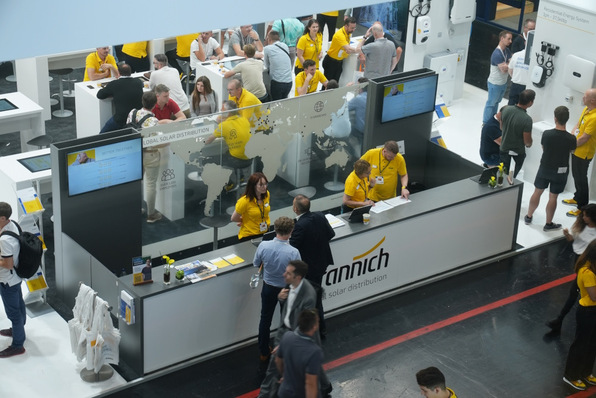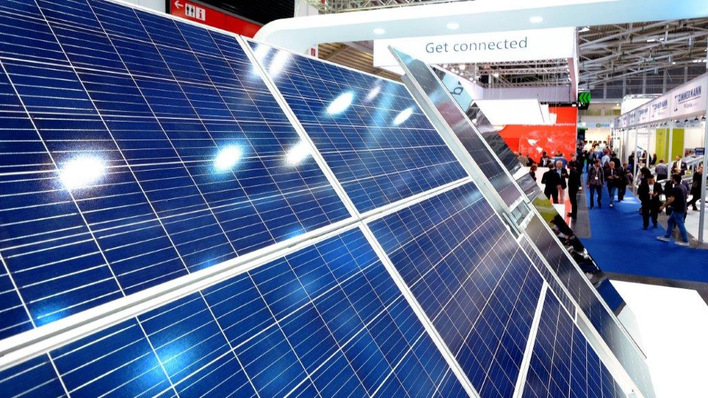pv Europe: Today you released a new Task Force Report Digitalisation & Solar. Which areas does this include?
Sonia Dunlop: Digitalisation affects the whole solar value chain from production to distribution and services. We have looked at big data analytics and artificial intelligence, internet of things and connected smart objects, robotics and drones, blockchain, mobile, 5 G and wireless connectivity, 3D printing and cloud and low-cost computing.
Can you give some examples of applications?
We listed several case studies about business models, cost reduction and performance improvements and digital grid integration in our report. For instance SMA successfully implemented a workers information system(WIS) in its central inverter production with the goal of a more flexible and efficient production process. All information relevant for the production process is distributed via the WIS and the workflows are controlled by it. Employees now use a visual presentation of a console instead of printed mounted constructions.
Another example is Solar Coin, that uses blockchain technology to get extra value for PV in addition to government backed subsidies. Solar power producers can connect their solar panels to the Solarcoin Network website and receive crypto currency for each MWh produced. BayWa r.e. is conducting infrared inspections with drones in pilot projects to improve performance analysis. LO3 Energy, a young New York company, is collaborating with Siemens, o realise a microgrid in Brooklyn where neighbors with and without PV systems are buying and selling solar power to eachother on a Blockchain platform. The next step is to integrate energy storage and demand side response.
But are the transaction costs of blockchain not still too high?
It`s true that at the moment we see high transaction costs and the transaction times are sometimes still pretty long. Besides that, the servers have a pretty poor carbon balance. But a lot of people are aware of that and working on improvements.
Do your case studies show already functioning business cases or are those rather options?
We cover both, present and future business opportunities through digitalisation. When it comes to digitalisation reducing costs and increasing performance we already see economic benefits. But there is not much digitalization in the grid sector yet, though we expect this to change. From my point of view in particular peer-to-peer trading platforms, smart buildings, smart home systems and microgrids offer exciting new business opportunities for solar. Instead of only selling and installing a system companies can offer new digital based services and sell solar as a package.
You are also listing commitments of the solar industry on digitalisation in your report. What does that include?
We commit to full transparency as an industry and giving the consumers the full information to become prosumers, not locking them out. Another important point is that we as an industry are further developing and exploring the possibilities of peer-to-peer energy exchange and the Blockchain technology. Also, we commit to collaborate closely with distributed system operators (DSOs) and transmission system operators (TSOs) for smart grids and to offer additional smart grid services. Another crucial point is our commitment to interoperability of software and hardware, this is still a huge barrier. SolarPower Europe is also organising a Digital Solar & Storage event on 5 December at the BMW world in Munich to further explore all the opportunities and innovations that digitalisation has to offer the solar industry across all sectors, including power, heat, and transport.
What are your regulatory asks for digitalisation?
We see a lot of barriers for the peer-to-peer models with many contract and license requirements. Also in the field of aggregation and aggregators there is a lot to do. We are now in the midst of a big legislation process in Brussels and we are working hard to ensure a market design fit for the digital age.
Interviewed by Hans-Christoph Neidlein
Read more about energy storage
Stay informed, get our free newsletter twice a week. Register here.







